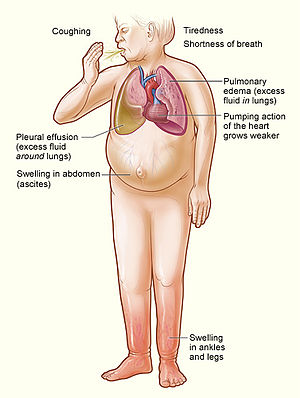The jury was out for a long time on the effectiveness of taking CoQ10 supplements for people with various heart

conditions. I used to take it because I’d read many doctors’ favorable accounts. However, my cardiologist never recommended it specifically, so I stopped when I realized how much I was paying for it.
New research points to the idea that this substance may be even more valuable than previously thought by its proponents. CoQ10 is said to improve every measure of functionality – and now to dramatically decrease mortality – in heart failure patients, according to an article on FireEngineering.com. I’ve included the article’s references below.
Further research shows CoQ10 levels decrease naturally as we age, and they actually decrease further when patients take statins. Statins are those over-prescribed cholesterol-lowering drugs that gradually damage people’s livers and can produce other nasty side effects such as blocking the effects of cardiovascular fitness training and inclining patients to develop diabetes.
Compelling reading.
References
- Heart Failure 2013
- SA Mortensen, A Kumar, P Dolliner, et al. “The effect of coenzyme Q10 on morbidity and mortality in chronic heart failure.” Results from the Q-SYMBIO study. Presented at Heart Failure Congress 2013 Final Programme Number 440.
The full title of the Q-SYMBIO study is: “Coenzyme Q10 as adjunctive treatment of chronic heart failure: a randomised double blind multicentre trial with focus on changes in symptoms, biomarker status with BNP and long term outcome.”





